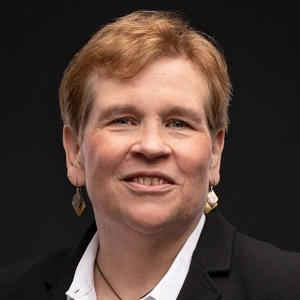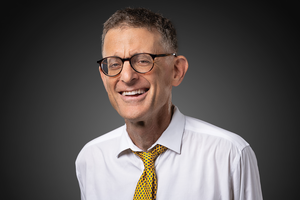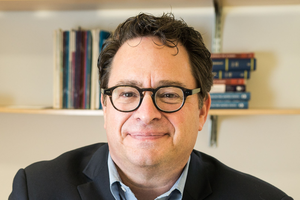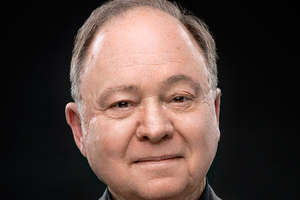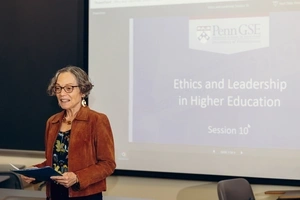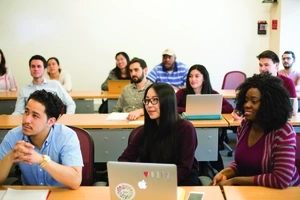Faculty Expert
American college and university presidents face more challenges than ever before, from external political pressures to the demands of multi-million dollar athletic programs. At the same time, their average tenure is shrinking, and school leaders are calling for more support and training so they don’t burn out, according to the latest survey of college presidents by the American Council on Education (ACE).
Presidents now serve an average of 5.9 years, down from 8.5 years in 2006. And more than half of the presidents surveyed said they planned to step down within the next five years. The survey results also revealed areas where these leaders—most of whom come from academic or administrative backgrounds—struggle the most.
“More than anything, presidents are managing change,” said Julie Wollman, a professor of practice in Penn GSE’s Policy, Organizations, Leadership, and Systems Division and an expert on educational leadership. “Higher education is undergoing a massive transformation to thrive or survive.
“You’re praised for the things that go well and blamed for those that go wrong. It is a 24/7, nonstop job,” she added. “You have to be an influencer and a collaborator.”
As a former president at Widener University and Edinboro University, Wollman understands the pressures of leading a higher education institution—and the gaps in the traditional approach to training those leaders.
Penn GSE stands out among peers for having faculty like Wollman teach aspiring leaders in courses designed for current and future presidents, deans, vice presidents, and department chairs who want to burnish their leadership skills and better understand the pressures of leading a higher ed institution. Ethics is another area of focus.
In the ACE survey, presidents said they need more training and support to be more effective across disciplines, citing examples like budget and financial management, external communications, entrepreneurial ventures, and fundraising. The offerings at Penn GSE reflect those changing demands in the modern marketplace.
Wollman said she often teaches how leaders can rely more on their boards and the expertise of their members, for example. Continuing professional development is another way to keep up.
Penn GSE offers the only certificate program focused on leadership and collegiate athletics. Karen Weaver leads the four-month program.
Presidents usually have minimal interaction with the athletics department until they take a top position, and there’s a lot to learn, says Weaver, a former Division I coach and adjunct assistant professor.
“As a leader, if you want to move on and move up, you can’t ignore athletics. It is a huge driver of so many things in the institution,” said Weaver, whose second book on the business of college sports will be released next year.
In the ACE survey, 8.1 percent of presidents said they’d like support with athletics. College sports are a huge industry, and while the scale differs depending on school size, conferences, and sports played, presidents must rely on more than just their athletic directors. Athletic departments command substantial budgets, student-athletes have unique demands on their time, and alums and boosters play an outsized role.
Sports also help with recruiting and marketing. When a school is successful in any sport, it helps burnish its reputation, attracting prospective students, corporate sponsorships, and alum donations.
“Athletics has become a very valuable part of enrollment and branding,” Weaver noted.
To help guide administrators, Weaver’s program breaks down athletics into three areas: the student experience; financial and legal; and external influences, including politics and boosters. It also addresses emerging topics like recent NCAA rule changes around student-athletes earning money from their name, image, and likeness, as well as scandals and political issues.
The cohorts typically include chief financial officers, deans, and vice presidents. At the end of the term, many of Weaver’s students write a report on their school’s weaknesses and potential and present it to their president or board.
Despite the stresses of being a college president, Wollman said the position has tremendous upsides.
"If you love campuses and learning and students, it is a wonderful place,” she said. “You can make a difference in the lives of tens of thousands of students over time.”
Media Inquiries
Penn GSE Communications is here to help reporters connect with the education experts they need.


